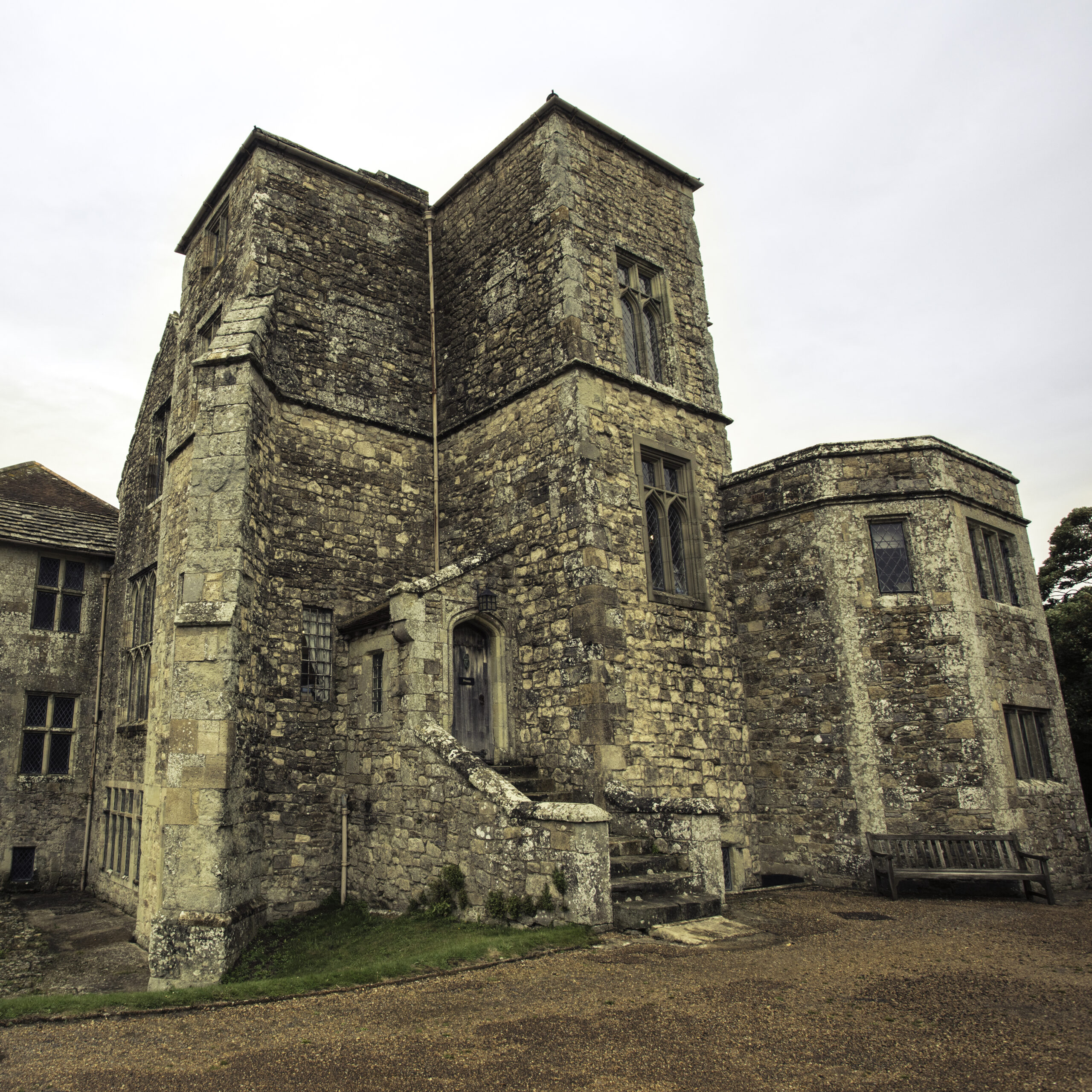About the Museum
Discover the Legacy: Carisbrooke Castle Museum
125 Years of Preserving the Past

A Royal Tribute: The Birth of Carisbrooke Castle Museum
On August 11, 1898, Princess Beatrice, the Governor of the Isle of Wight and Queen Victoria’s youngest daughter, inaugurated Carisbrooke Castle Museum in the newly restored gatehouse. This museum was created as a memorial to her late husband, Prince Henry of Battenberg. Over a century later, the museum has expanded its collection and continues to honour Beatrice’s legacy by sharing the Isle of Wight’s history with the public.
A Royal Love Story: Princess Beatrice and Prince Henry
Princess Beatrice, initially expected to remain single to support her mother Queen Victoria, found love with Prince Henry of Battenberg in 1884. Despite initial resistance from the Queen, who eventually accepted their marriage on the condition that Beatrice remain close, they wed in 1885. Henry, a morganatic descendant of the Grand Ducal House of Hesse, was appointed Honorary Colonel of the Isle of Wight Rifles and Governor of Carisbrooke Castle. His untimely death in 1896 during the Ashanti campaign left Beatrice a widow and spurred the creation of the museum as a tribute.
Choosing the Memorial: The Gatehouse Restoration
After Henry’s death, a committee explored various memorial options, including a lifeboat and church windows, before settling on restoring Carisbrooke Castle’s gatehouse. This decision, supported by Princess Beatrice and architect Percy Stone, aimed to create a space for preserving manuscripts and Isle of Wight artifacts. The museum’s establishment was rooted in earlier efforts to create an Isle of Wight history museum, drawing from prior institutions and community support.
Founding Foundations: The Early Curators and Challenges
Beatrice and the Morey siblings were instrumental in establishing the museum. Frank Morey, appointed honorary curator in 1913, and his sister Catherine faced challenges such as damp conditions and limited funding but successfully expanded the collection. Their dedication preserved the museum’s artifacts despite financial and environmental difficulties. After Frank’s death, Catherine and subsequent curators continued to manage the museum, with Beatrice establishing a trust in 1944 to secure its future.
Securing the Legacy: The Creation of the Charitable Trust
In 1944, Princess Beatrice took a significant step to ensure the museum’s future by establishing a Charitable Trust. This trust was designed to manage and preserve the museum, marking a transition from personal stewardship to a more formal organizational structure. The trust’s establishment was pivotal in securing the museum’s long-term sustainability and ensuring that it would continue to serve future generations.
A New Chapter: The Museum’s Move to the Governor’s House
As the museum’s collection expanded, the need for a larger space became evident. In 1952, with permission from King George VI, the museum relocated to the former Governor’s House. This new location provided more space for exhibitions and storage, allowing the museum to enhance its offerings. The Great Hall of the Castle was repurposed for galleries, and additional rooms were converted for offices and storage. The move represented a significant milestone in the museum’s development, enabling it to better accommodate its growing collection and serve the public.
